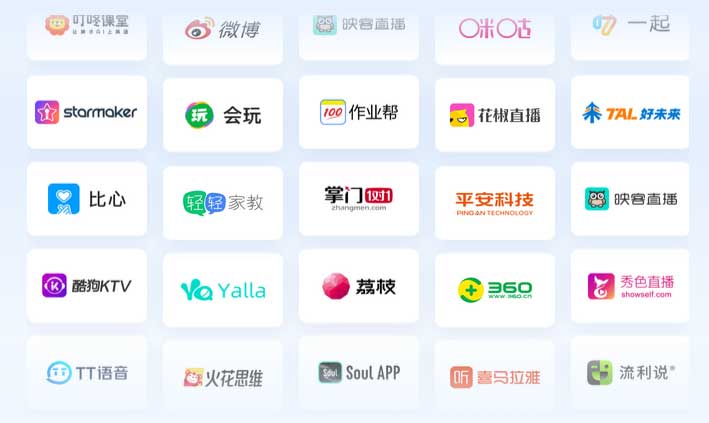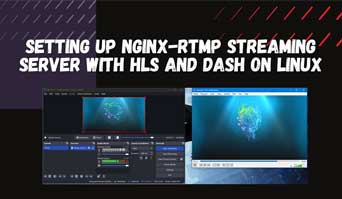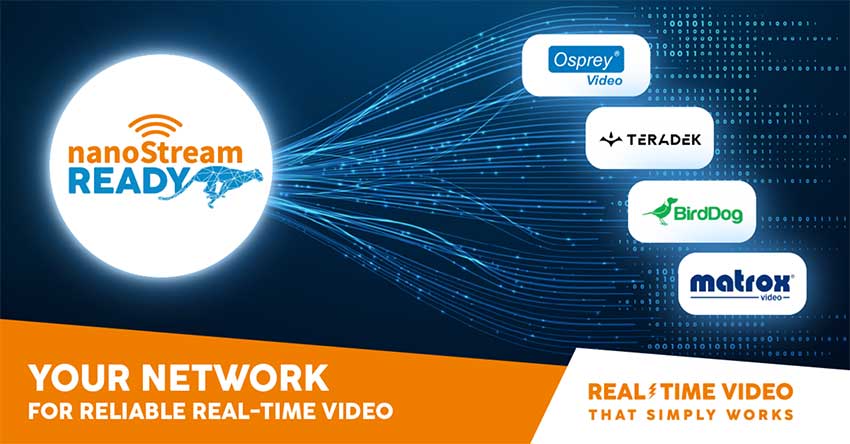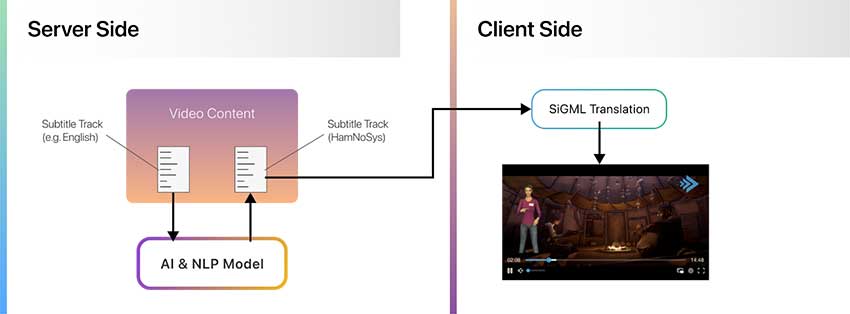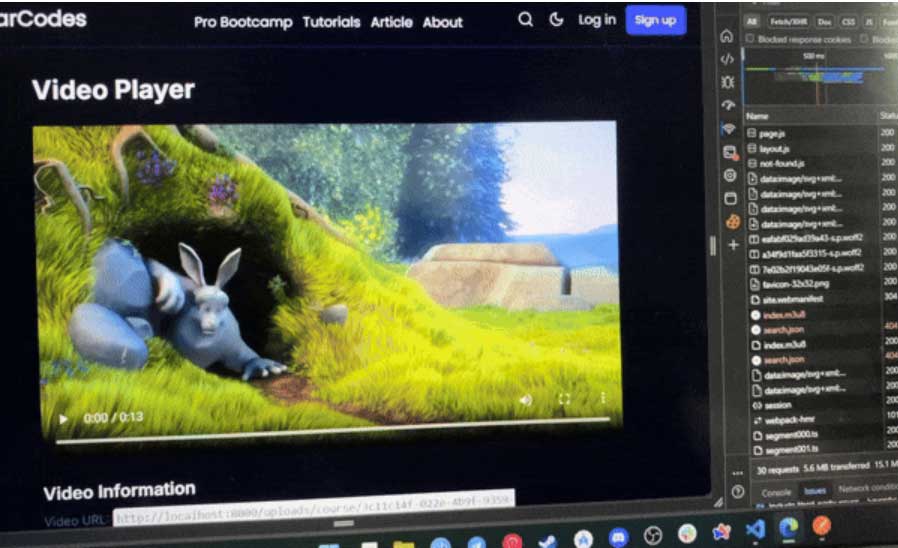创建具有 CRUD 功能的完整视频流应用程序是一项艰巨的任务。在本文中,我们将为使用强大的 Node.js 框架 Nest.js 构建此类应用程序奠定基础。
前提条件
- 对 JavaScript 和 TypeScript 有基本了解。
- 熟悉 HTTP 和 RESTful 概念。
设置 Nest.js 项目
首先,使用 Nest CLI 设置一个新的 Nest.js 项目:
npm install -g @nestjs/cli
nest new video-streaming-app
cd video-streaming-app创建视频实体
让我们先定义一个视频实体来管理我们的视频。该实体将包含标题、描述和视频 URL 等信息。
// src/video/video.entity.ts
import { Entity, PrimaryGeneratedColumn, Column } from 'typeorm';
@Entity()
export class Video {
@PrimaryGeneratedColumn()
id: number;
@Column()
title: string;
@Column()
description: string;
@Column()
url: string; // Store the video file path or URL
}实现 CRUD 操作
接下来,我们将实现用于管理视频的 CRUD(创建、读取、更新、删除)操作。
视频控制器(Video Controller)
VideoController 将处理与视频相关的 HTTP 请求。
// src/video/video.controller.ts
import { Controller, Get, Post, Put, Delete, Body, Param } from '@nestjs/common';
import { VideoService } from './video.service';
import { Video } from './video.entity';
@Controller('videos')
export class VideoController {
constructor(private readonly videoService: VideoService) {}
@Get()
async findAll(): Promise<Video[]> {
return await this.videoService.findAll();
}
@Get(':id')
async findOne(@Param('id') id: number): Promise<Video> {
return await this.videoService.findOne(id);
}
@Post()
async create(@Body() video: Video): Promise<Video> {
return await this.videoService.create(video);
}
@Put(':id')
async update(@Param('id') id: number, @Body() video: Video): Promise<Video> {
return await this.videoService.update(id, video);
}
@Delete(':id')
async remove(@Param('id') id: number): Promise<void> {
await this.videoService.remove(id);
}
}视频服务
将VideoService处理管理视频的业务逻辑。
// src/video/video.service.ts
import { Injectable } from '@nestjs/common';
import { Video } from './video.entity';
@Injectable()
export class VideoService {
private videos: Video[] = [];
async findAll(): Promise<Video[]> {
return this.videos;
}
async findOne(id: number): Promise<Video> {
return this.videos.find((video) => video.id === id);
}
async create(video: Video): Promise<Video> {
video.id = this.videos.length + 1;
this.videos.push(video);
return video;
}
async update(id: number, video: Video): Promise<Video> {
const index = this.videos.findIndex((v) => v.id === id);
if (index !== -1) {
this.videos[index] = { ...video, id };
return this.videos[index];
}
return null;
}
async remove(id: number): Promise<void> {
this.videos = this.videos.filter((video) => video.id !== id);
}
}设置路由
在 Nest.js 中,路由由控制器处理。控制器负责处理传入的请求并返回响应。让我们为 VideoController 设置路由。
修改应用程序控制器
在 Nest.js 中,AppController 在定义路由方面起着关键作用。我们将修改 AppController 以包含 VideoController。
// src/app.controller.ts
import { Controller, Get } from '@nestjs/common';
import { AppService } from './app.service';
@Controller()
export class AppController {
constructor(private readonly appService: AppService) {}
@Get()
getHello(): string {
return this.appService.getHello();
}
}添加视频控制器路由
接下来,让我们将 VideoController 路由添加到应用程序中。
// src/app.module.ts
import { Module } from '@nestjs/common';
import { AppController } from './app.controller';
import { AppService } from './app.service';
import { VideoModule } from './video/video.module';
@Module({
imports: [VideoModule],
controllers: [AppController, VideoController], // Include the VideoController
providers: [AppService],
})
export class AppModule {}在这一步中,我们确保 VideoController 已集成到应用程序的路由中。现在,对 /videos 的任何请求都将由 VideoController 中定义的方法处理。
运行应用程序
启动 Nest.js 服务器:
npm run start现在可以使用 Postman 等工具来测试视频的 CRUD 操作。
增强视频流(可选)
对于视频流,您需要额外的库,如 express 和 fs。您可以创建一个端点,从服务器读取视频文件并将其流式传输给客户端。
结论
本文为使用 Nest.js 构建具有 CRUD 功能的视频流应用程序奠定了基础。要创建完整的视频流应用程序,您可以在此基础上添加用户验证、数据库集成、视频上传、增强视频流功能等功能。
版权声明:本文内容转自互联网,本文观点仅代表作者本人。本站仅提供信息存储空间服务,所有权归原作者所有。如发现本站有涉嫌抄袭侵权/违法违规的内容, 请发送邮件至1393616908@qq.com 举报,一经查实,本站将立刻删除。

